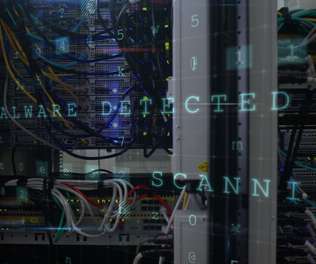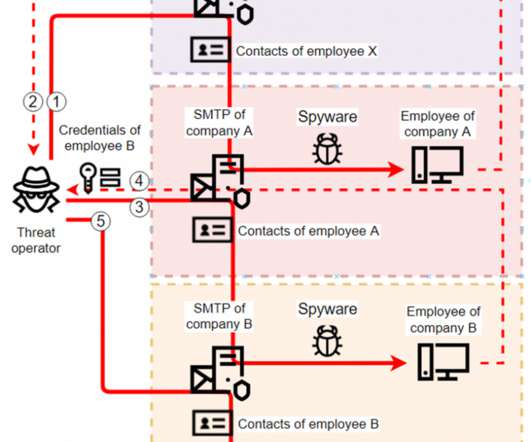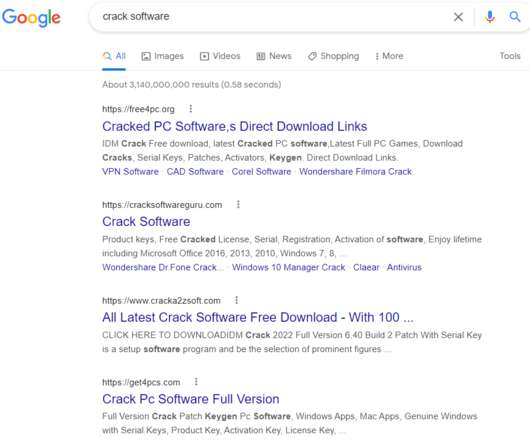Top 10 Malware Strains of 2021
SecureWorld News
AUGUST 8, 2022
Cybercriminals often use malware to gain access to a computer or mobile device to deploy viruses, worms, Trojans, ransomware, spyware, and rootkits. The top malware strains in 2021 included remote access Trojans (RATs), banking Trojans, information stealers, and ransomware.













Let's personalize your content